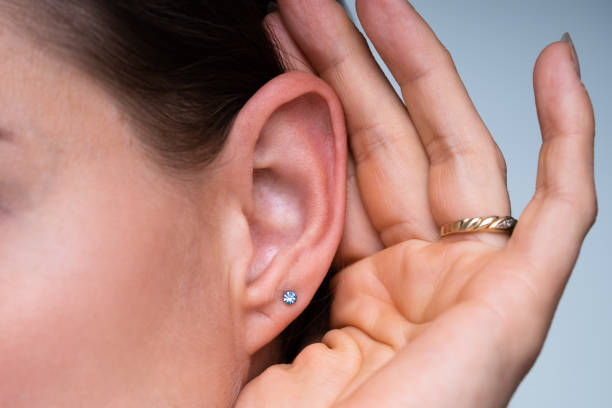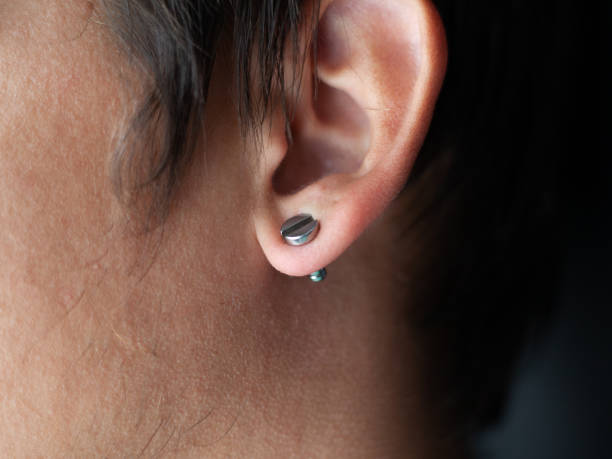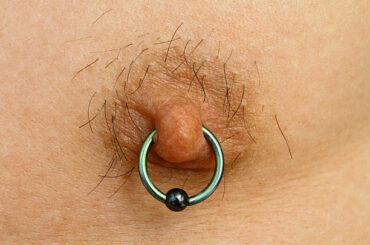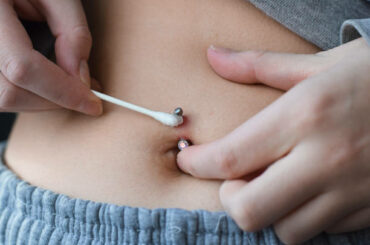Contents
Is your earlobe hard after piercing?
Have you ever experienced that unsettling sensation when your earlobe feels unexpectedly firm or rigid after getting it pierced? It’s not uncommon for individuals to notice their earlobes hardening after undergoing the piercing process. While earlobe piercings are a popular form of self-expression and adornment, encountering hardness or stiffness in the earlobe can be disconcerting. Let’s delve into the intricacies of why this phenomenon occurs, explore the potential causes, discuss treatment options, and learn how to prevent it from happening in the future.
Anatomy of Earlobe Piercings
Before we dive into the reasons behind earlobe hardening, it’s essential to understand the anatomy of earlobe piercings. The earlobe, composed of soft and pliable tissue, is the most common location for piercings due to its accessibility and relatively painless nature. When the piercing needle punctures the earlobe, it creates a small wound that triggers the body’s natural healing response.
Where can I buy a piercing gun: Best shopping ideas for 23.
Causes of Earlobe Hardening After Piercing
- Inflammation and Swelling: One of the primary culprits behind earlobe hardening post-piercing is inflammation and swelling. When the body detects the piercing as a foreign object, it initiates an inflammatory response to protect the area from potential pathogens. This inflammation can lead to tissue swelling and stiffness.
- Formation of Scar Tissue: As the piercing heals, the body may produce excess collagen, resulting in the formation of scar tissue around the piercing site. Scar tissue tends to be denser and firmer than the surrounding tissue, contributing to the sensation of hardness in the earlobe.
- Reaction to Metal Allergies: Some individuals may experience allergic reactions to the metal used in their earrings, particularly if they are sensitive to nickel or other alloys. This allergic reaction can manifest as redness, itching, and swelling, contributing to the hardening of the earlobe.
- Infection and Poor Aftercare: Infections resulting from improper piercing techniques or inadequate aftercare can cause the surrounding tissue to become inflamed and hardened. Failure to keep the piercing clean and dry can create an ideal environment for bacterial growth and subsequent infection.
- Trauma or Injury to the Pierced Area: Accidental trauma or rough handling of the pierced earlobe can exacerbate inflammation and lead to the hardening of the tissue. It’s crucial to handle newly pierced ears with care to avoid causing further damage.
Signs and Symptoms of Hardened Earlobes
Identifying the signs and symptoms of hardened earlobes can help individuals recognize when intervention is necessary.
- Visual Changes in the Piercing Site: Hardened earlobes may appear red, swollen, or inflamed around the piercing site.
- Pain and Discomfort: Individuals may experience tenderness, soreness, or discomfort when touching or manipulating the affected earlobe.
- Sensitivity to Touch: Hardened earlobes can become more sensitive to touch, making it uncomfortable to wear earrings.
- Redness and Swelling: Inflammation and swelling are common indicators of hardened earlobes, signaling an underlying issue that requires attention.
Diagnosing Earlobe Hardening
Proper diagnosis is essential for determining the underlying cause of earlobe hardening and guiding treatment.
- Physical Examination by a Professional: A qualified piercer or healthcare provider can assess the earlobe for signs of inflammation, infection, or allergic reactions.
- Allergy Testing: If metal allergies are suspected, allergy testing can help identify specific allergens and guide earring selection.
- Examination for Signs of Infection: Signs of infection, such as pus, warmth, and increased pain, warrant immediate medical attention to prevent complications.
Treatment Options
Addressing earlobe hardening often requires a multi-faceted approach aimed at reducing inflammation, promoting healing, and addressing underlying causes.
- Proper Cleaning and Aftercare Techniques: Regular cleaning with saline solution and avoiding harsh cleaning agents can help prevent infection and promote healing.
- Use of Anti-inflammatory Medications: Over-the-counter anti-inflammatory medications, such as ibuprofen, can help alleviate pain and reduce swelling associated with earlobe hardening.
- Application of Warm Compresses: Gentle application of warm compresses can improve blood circulation to the affected area and help alleviate discomfort.
- Removal of Jewelry Temporarily: Removing earrings temporarily allows the earlobe to breathe and reduces pressure on the piercing site, promoting healing.
- Surgical Options for Severe Cases: In severe cases of earlobe hardening or infection, surgical intervention may be necessary to remove damaged tissue and facilitate healing.
Prevention Strategies
Taking proactive measures can help prevent earlobe hardening and minimize the risk of complications.
- Choosing High-Quality Piercing Studios and Materials: Opting for reputable piercing studios and hypoallergenic earrings reduces the risk of adverse reactions and complications.
- Following Aftercare Instructions Carefully: Adhering to aftercare guidelines provided by your piercer or healthcare provider promotes proper healing and reduces the risk of infection.
- Being Aware of Metal Allergies Before Piercing: Individuals with known metal allergies should choose earrings made from materials that are less likely to trigger an allergic reaction, such as surgical-grade stainless steel or titanium.
- Avoiding Trauma to the Piercing Area: Avoiding activities that may traumatize or irritate the piercing site, such as sleeping on your side or engaging in contact sports, can help prevent complications.
- Regularly Inspecting and Cleaning Pierced Ears: Routine inspection and cleaning of pierced ears help detect early signs of infection or inflammation and prevent the buildup of bacteria.
Addressing Complications and Seeking Professional Help
It’s essential to recognize when complications arise and seek prompt medical attention to prevent further complications.
- Recognizing When to Consult a Physician: Persistent pain, swelling, or signs of infection warrant immediate medical evaluation to prevent complications.
- Importance of Timely Intervention: Timely intervention can prevent minor issues from escalating into more significant problems and expedite the healing process.
- Resolving Chronic Issues Through Medical Guidance: Chronic earlobe hardening or recurrent infections may require medical intervention, such as antibiotic therapy or surgical correction, to address underlying issues effectively.
Personal Stories and Experiences
Real-life experiences can provide valuable insights and encouragement for individuals navigating earlobe hardening and related challenges.
- Emily’s Story: Emily shares her experience with earlobe hardening and how she overcame challenges through proper aftercare and perseverance.
- Javier’s Journey: Javier recounts his journey of dealing with metal allergies and finding suitable earrings that allowed his earlobes to heal and thrive.

Conclusion
In conclusion, earlobe hardening after piercing can be a perplexing and uncomfortable experience, but understanding the underlying causes and implementing appropriate treatment and prevention strategies can help alleviate discomfort and promote healing. By prioritizing proper aftercare, choosing high-quality materials, and seeking timely medical attention when needed, individuals can enjoy their ear piercings without the worry of earlobe hardening hindering their experience. Remember, your ear piercings are a reflection of your personal style and identity, so take care of them with diligence and care to keep them looking and feeling their best.






